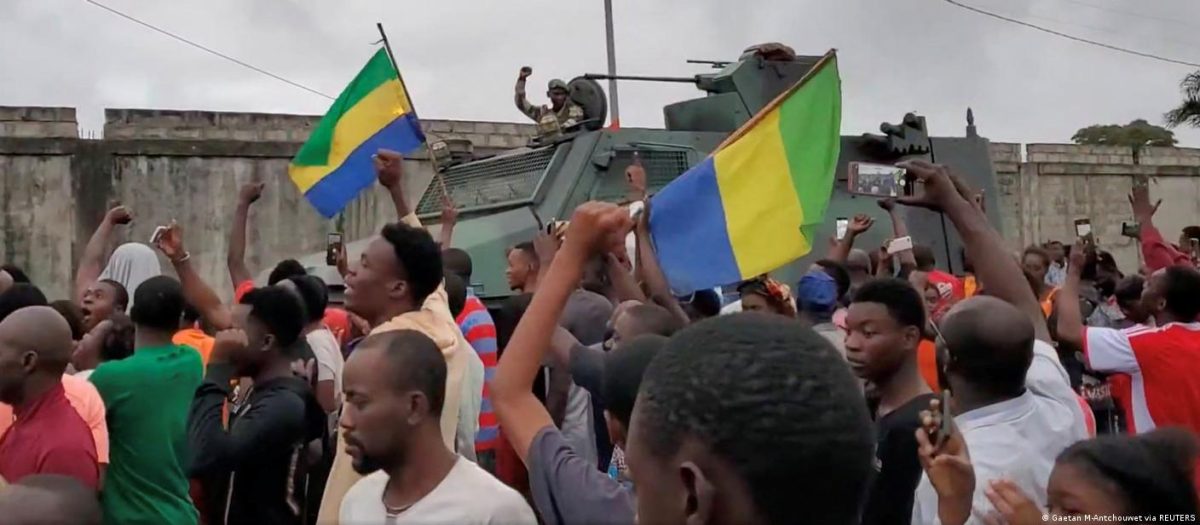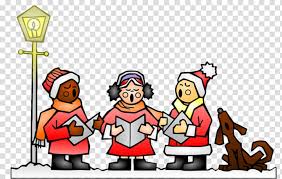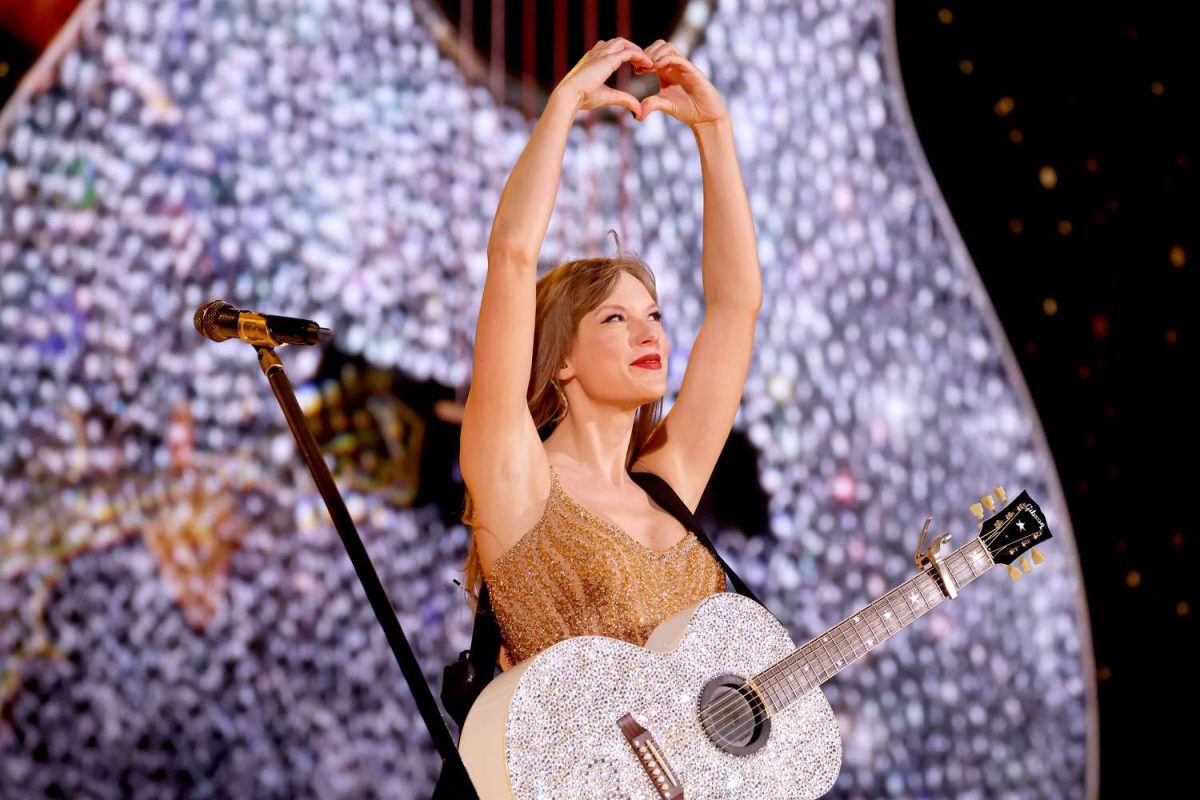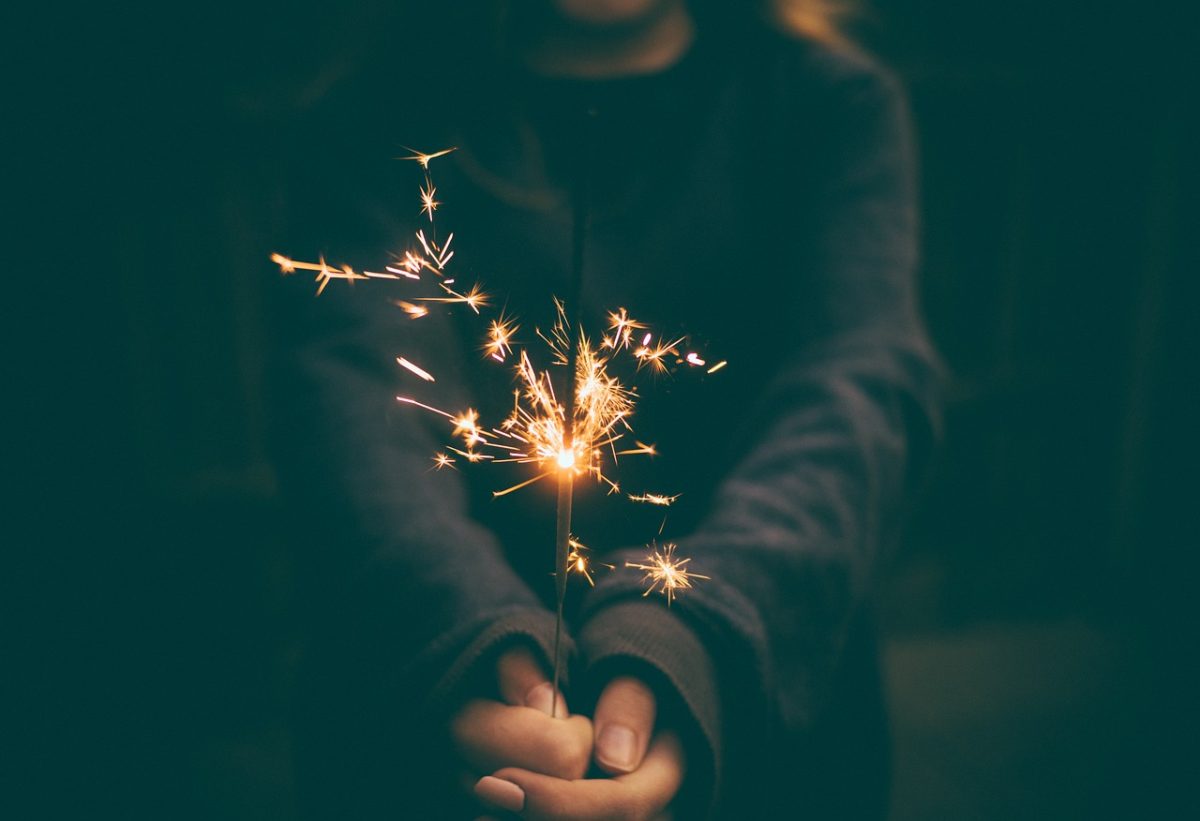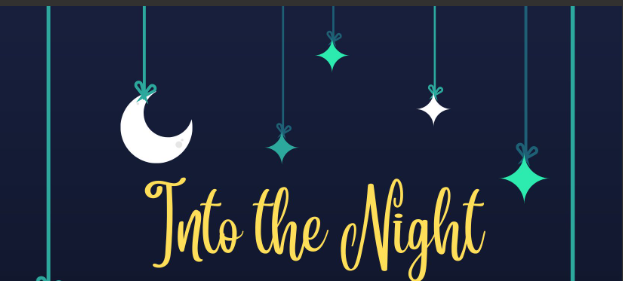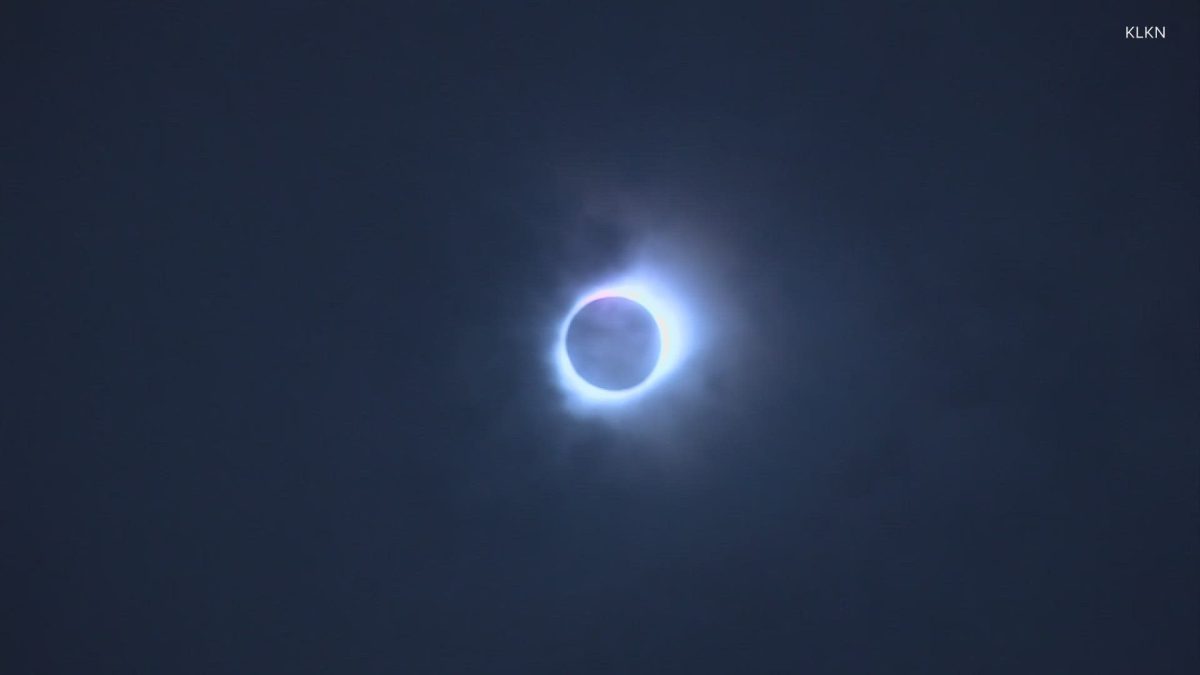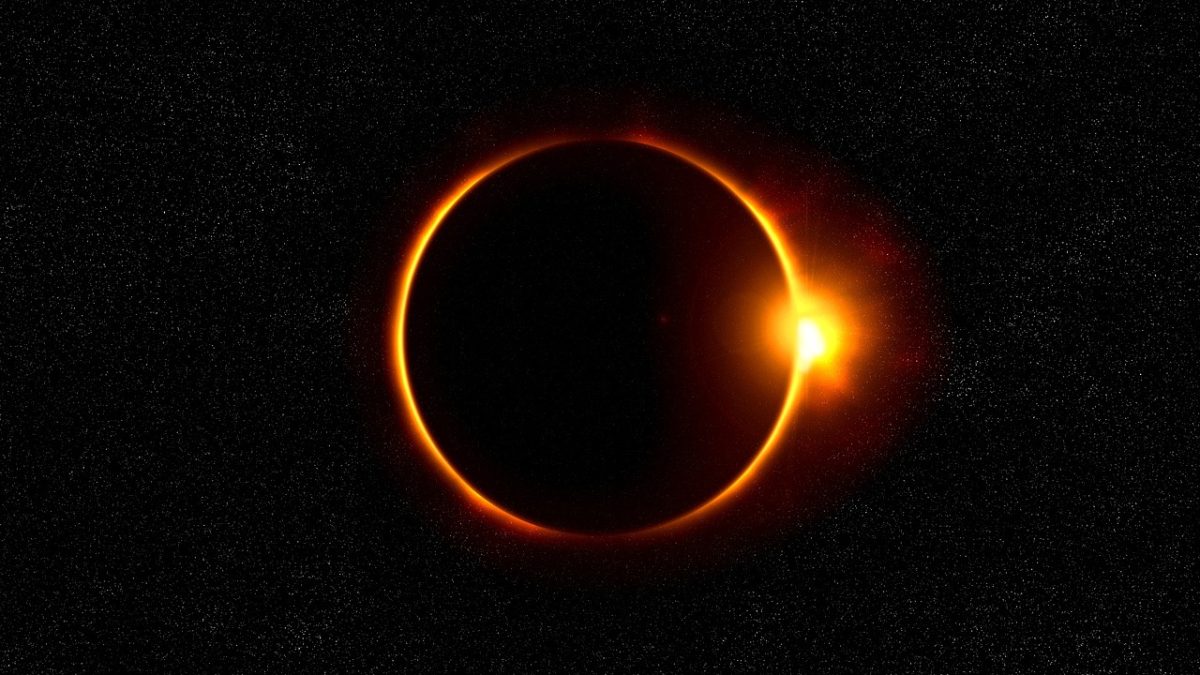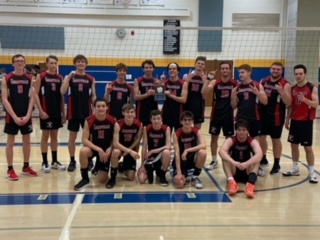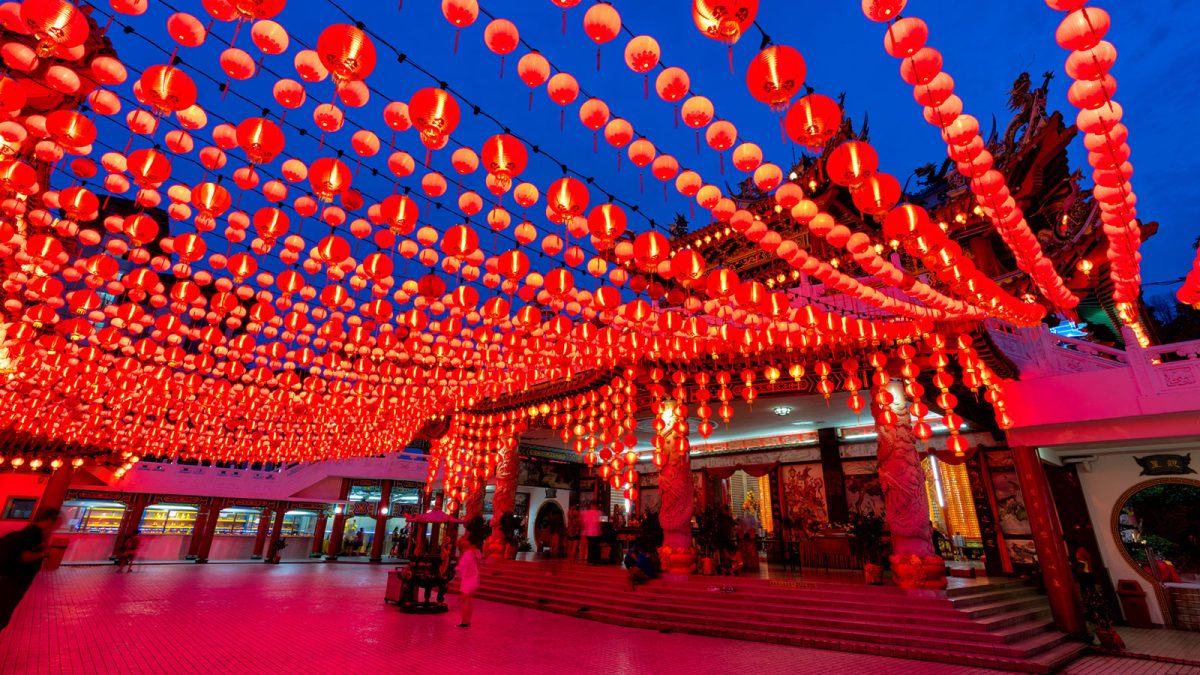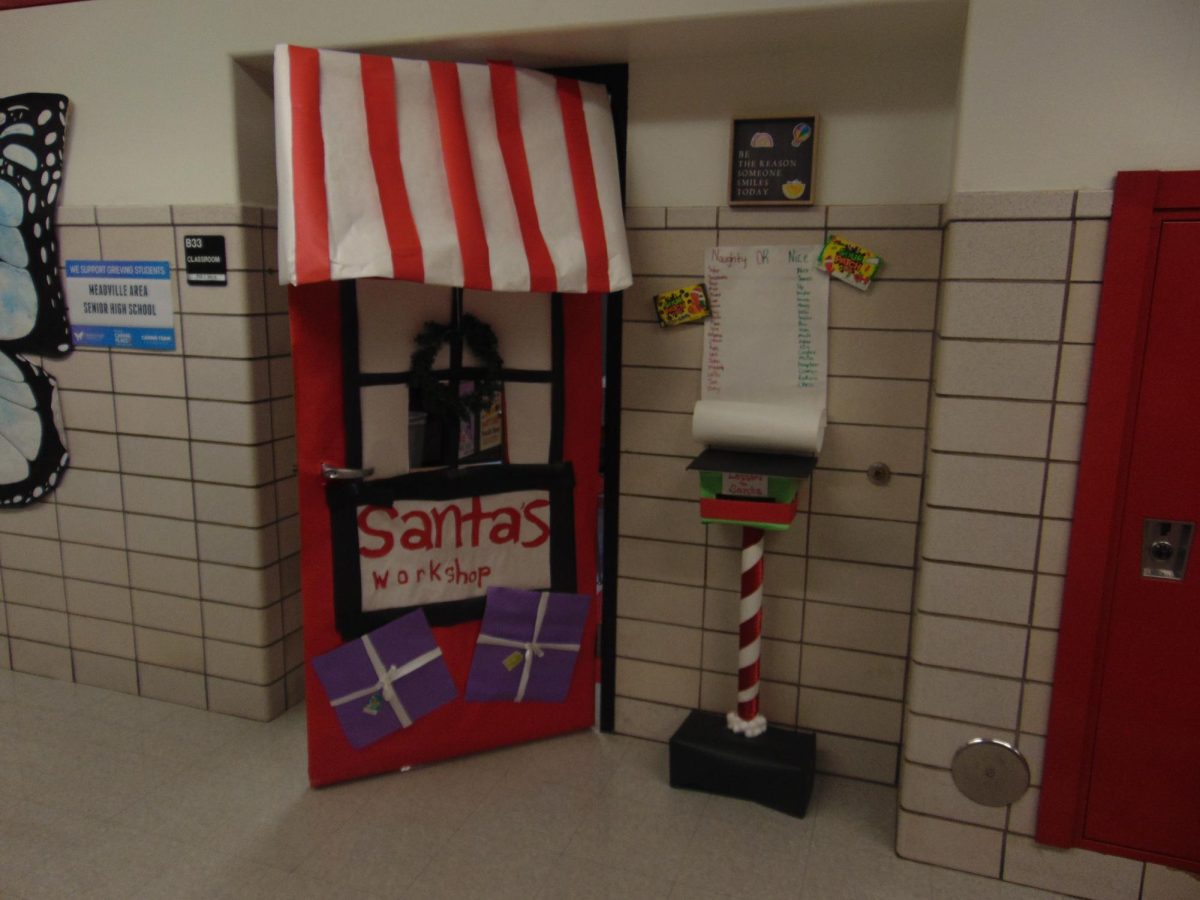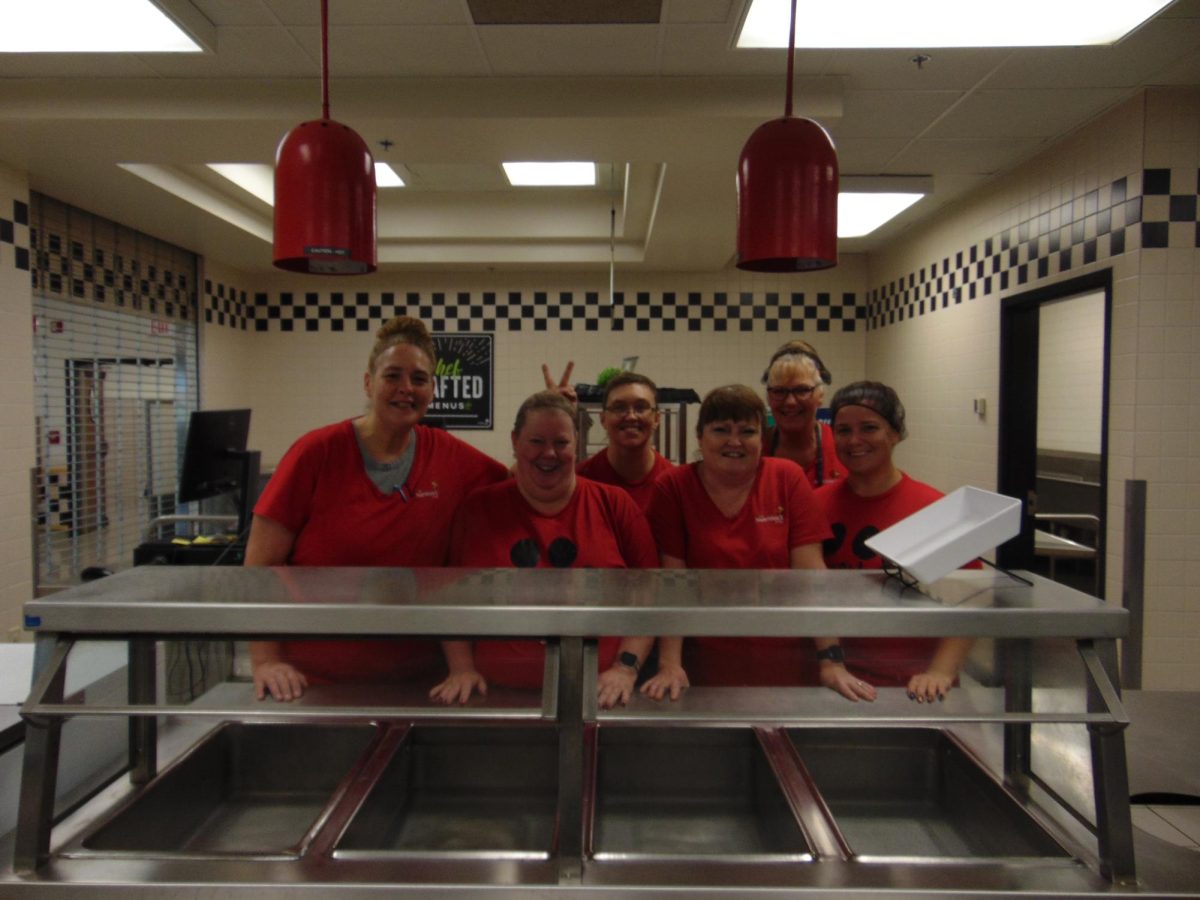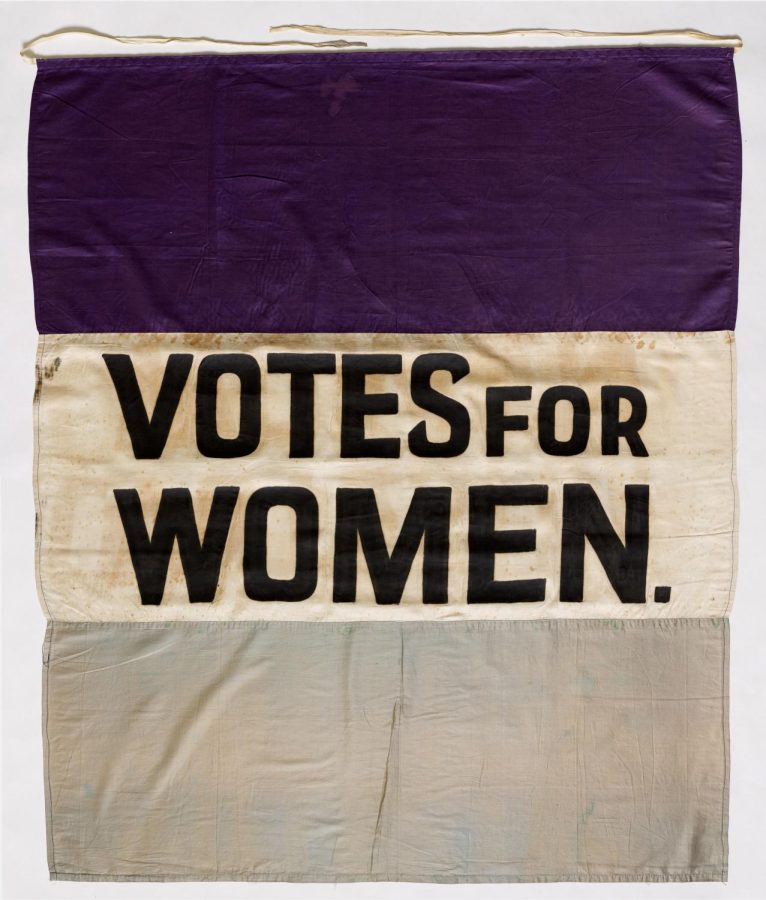There are a variety of different holidays that people celebrate besides Christmas. Although Christmas has become the most popular and commercialized holiday, other cultures and people still celebrate different holidays every year. Some of the alternative celebrations are Chinese New Year, Yule, and Hanukkah.
Chinese New Year takes place on a different day each year depending on the lunar calendar. The celebration falls on the second new moon every year after the winter solstice which usually occurs between January 21st and February 20th.
The celebration dates back at least 3,500 years ago, during the Shang Dynasty, and is steeped in many myths and legends. The main one tells the tale of the beast Nian (year) who would eat livestock, crops, and even people on New years eve. People began to put food at their doors to feed the beast but then a wide old man discovered that Nian feared loud noises and the color red. This led to people putting up red lanterns and scrolls and using firecrackers to keep Nian away.
This celebration is the most important of the year and has a week of recognized public festivals in regard to it. The Chinese New Year is also referred to as the Spring Festival due to what it signifies. It marks the beginning of spring and represents a desire for a new life.
Popular activities like watching Dragon and Lion dances emerged from the Tang and Qing dynasties. During this time lighting firecrackers, visiting friends and family, and eating dumplings became more custom and modern due to economic prosperity. Many aspects of tradition have been replaced and been recreated into the more modern world. It is still one of the most popular festivals in comparison to Christmas.
Yule is a holiday mainly celebrated by Wiccans and Pagans on December 21st. It is an extremely old holiday, pre-dating Christmas by thousands of years. There are many branches of paganism like Germanic paganism or Norse paganism. It is a celebration of light and also marks the end of descent into darkness for the people who celebrate it.
Pagan religion is an earth based religion. They seek divinity within nature and base their rituals around the changing of the seasons primarily. Yule is one of the 8 major pagan holidays that divide the year. The celebrations in regard to each holiday corresponds to the focus of nature and peoples lives at the time. During Yule people are reflecting about the return of light in nature after the peak of darkness.
Christmas shares many similar traditions with Yule as they borrowed inspiration from the holiday. During Yule, specifically in Norse Paganism for example, people also decorate tree’s (traditionally evergreens), decorate with mistletoe, and have Old Man Winter visit their homes for festivities. The original vikings would decorate trees with gifts, foods, and carvings to encourage the tree spirits to return spring. Due to viking myth mistletoe attained a quality of healing and would ward off evil energy which is why they hung it. Old Man Winter was believed to be Odin due to the description of Odin as a wanderer with a long white beard. He was the first father of Christmas.
Paganism has developed to be more modern recently to fit with modern society but Yule still holds traditions and roots thousands of years old.
Hanukkah is a Jewish holiday that lasts for 8 days. It has a rich history dating back 2,000 years ago. It begins on the evening of December 25th, also called the 25th day of Kislev on the Jewish calendar, and lasts until January 2nd this year. It is different every year because like Chinese New Year the holiday is based on the lunar calendar.. It is a celebration commemorating the recovery of Jerusalem.
The beginning of Hanukkah dates back to what is today’s present day Israel. King Antiochus, who ruled in 175 B.C, banned people from practicing judaism. He tried to force the people to worship Greek Gods. King Antiochus did this by destroying the Temple of Jerusalem and replacing their symbols with an altar of Zeus. This led to a war speculated to last about 3 years until the Jewish people won and had their own region. When returning to their temple it is said there was only enough oil to burn for one day but miraculously it burnt for 8. This gave the people enough time to find more oil for burning.
To celebrate someone would light candles in a menorah, a candle holder, for eight days. There are nine candles, one for each day and one, called the Shamash, which is used to light the other eight. Each night when another candle is added to the menorah and lit people will sing, recite prayers/blessings, and exchange gifts to celebrate the miracle of hanukkah. On these nights people will also make traditional meals like sufganiyot and latkes. Sufganiyot are deep fried jelly donuts and latkes are potato pancakes. Both are fried dishes meant to represent the long lasting burning oil.
Ultimately these are only a few of the many variations of celebrations in comparison to Christmas. All are extremely rooted in cultural tradition and stories, creating beautiful holidays. All variations of holiday during the winter months deserve appreciation and proper celebration.
References
https://kids.nationalgeographic.com/celebrations/article/hanukkah




